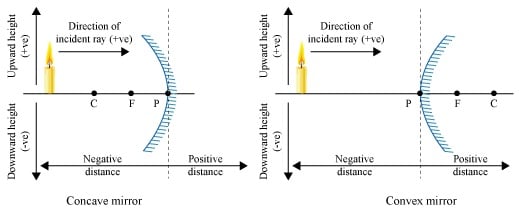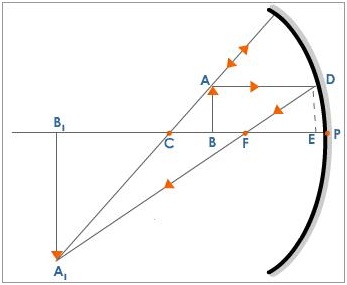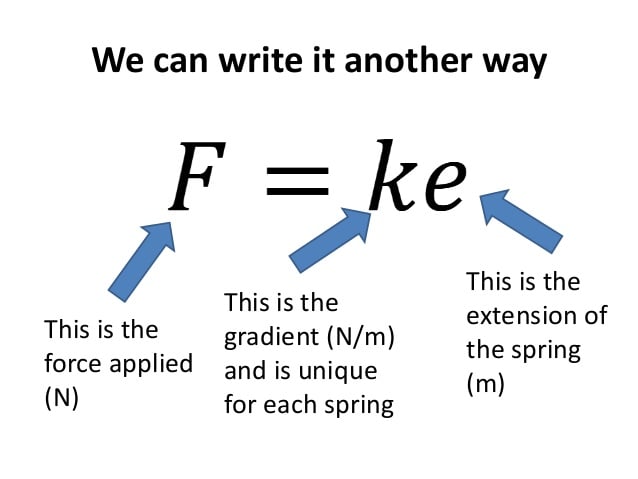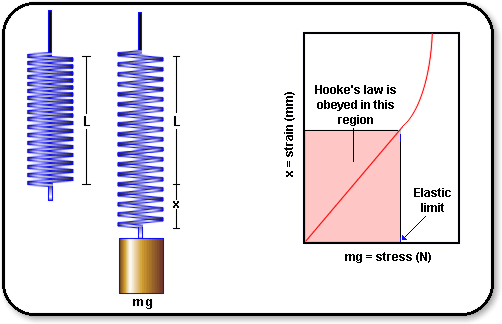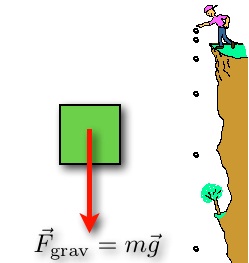Science is an intricate subject, no doubt about that. Learning Science is intriguing-which is also an accepted factor. Doing assignments in Science areas is still more intriguing for the fact that it demands analytical skills, deductive skills and logical explanations from your part. You need to try Science assignment help to overcome your traumas in attempting challenging topics in Physics or Biology and ease into comfortable scores in Science assignments.
Why Science assignment help is your surest resource for successful innings?
Science assignments are replete with questions that test your understanding, analysis and capabilities of exploring topics with unique insights. Many a time, you might have lacked in attending Science classes or could have taken them very casually to have missed the core ideas. The net result is you inability to understand the topic given for assignment and thus having the starting trouble in your assignment work. Virtual tutors realize your problem, take you in the right road and make you understand the topic and approach it with proper insight.
The 5 Tips to Choose the Best Online Math Tutoring Service
Take Physics assignment help for effective dealing in tough Physics concepts
Sound, speed, motion or gravitation- be it any Physics chapter, the questions for assignment take voluminous work and time from you. Go to an online Physics tutor, seek Physics assignment help from him, explore the topics and find productive results in your assignment grades.
Biology assignment help- a necessary weapon for fighting out complex ideas
Biology topics are very threatening for their complex names and terms along with their demand for volumes of written work. Diagrams further complicate the matter. Once you seek Biology assignment help, you job is done and you come off in shining colors with astounding grades.
So, doing Biology or Physics assignments through online medium with the help of expert tutors is the way to score well in Science topics. It also helps a student amass a wealth of information about complicated subject topics and get explanations for doubts on time. The tutors are student friendly and suggest solutions in a personalized manner.
Why to struggle by self when you have plenty of virtual resources to help you out of Science assignment predicaments?




